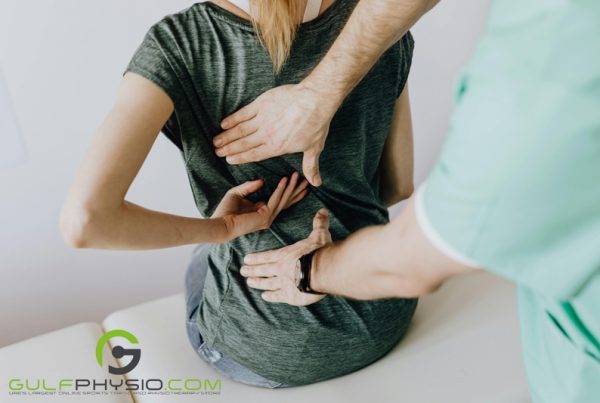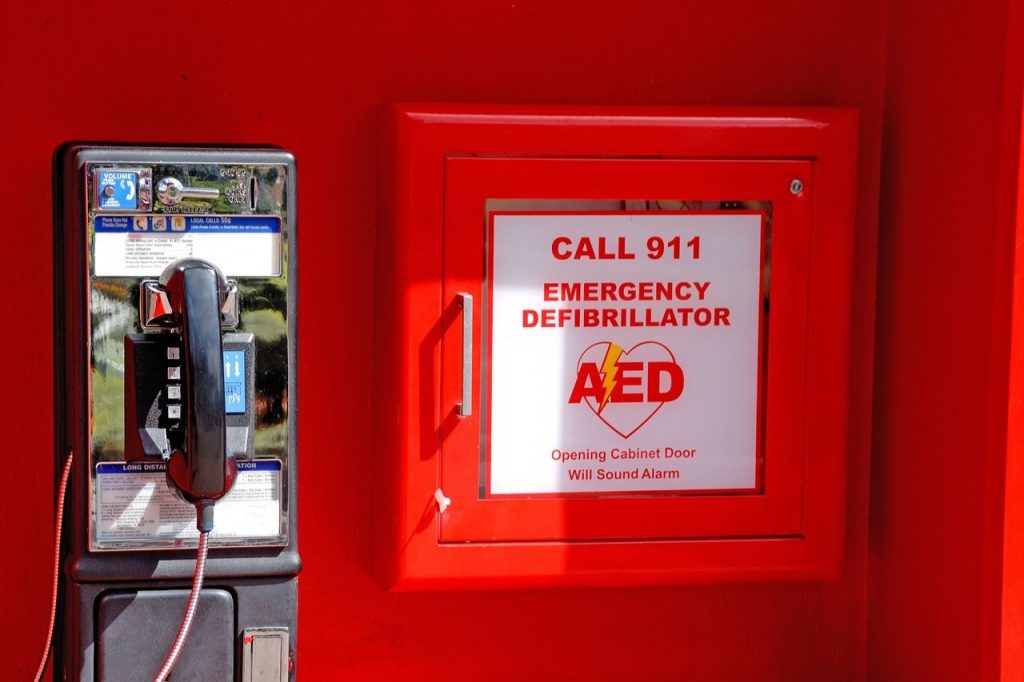
Any season can be a safer one with the right gear. Depending on your family’s health and the facilities around you, emergency equipment and supplies are readily available in public areas. Equipment like fire hoses and hydrants, first aid kits, and AEDs should always be available.
An AED is one of the most underutilised but potentially life-saving tools in anyone’s arsenal. In this article, we will focus on how AEDs are essential, how they work, and which ones are the best. Let’s begin with defining AEDs.
What Is an AED?
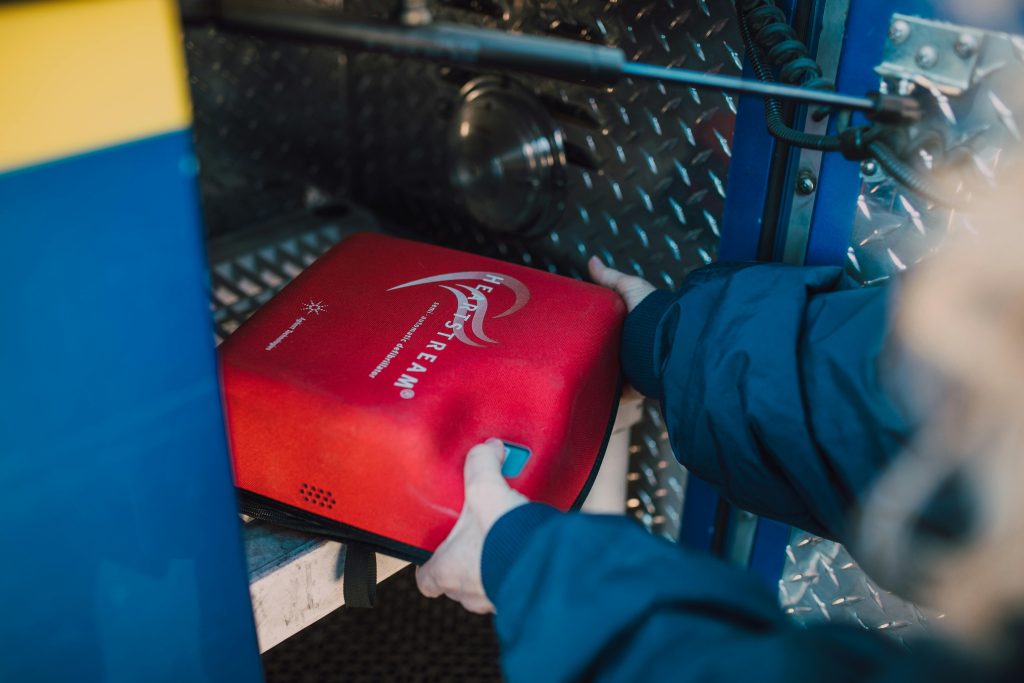
An AED stands for Automated External Defibrillator. This medical device is for resuscitating patients who are experiencing a sudden cardiac arrest. When used correctly, it gives an electric shock to the heart. In turn, the machine urges the heart to normalise its rhythm.
An AED can either be semi-automated or fully automated. They are specifically for emergency purposes, hence their portable and safe-to-use design. In general, there are two types of AEDs:
- Public Access AEDs – These AEDs are placed in public places such as schools, community centres, airports, sports fields/arenas, and the like. Regular people with minimal training can use them, especially during emergencies. They come with one time use pads, and a limited battery capactiy to keep the patient stable until emergency medical professionals come to aid. They’re mostly smaller than those used at emergency departments at hospitals.
- Professional Use AEDs – These AEDs are found in emergency vehicles such as ambulances in particular. They are made to be used by paramedics and emergency medical technicians (EMTs). These healthcare professionals are given additional training for their use. They tend to have a bigger battery and can adjust the level of electrical shocks they provide.
When Do You Need an AED?
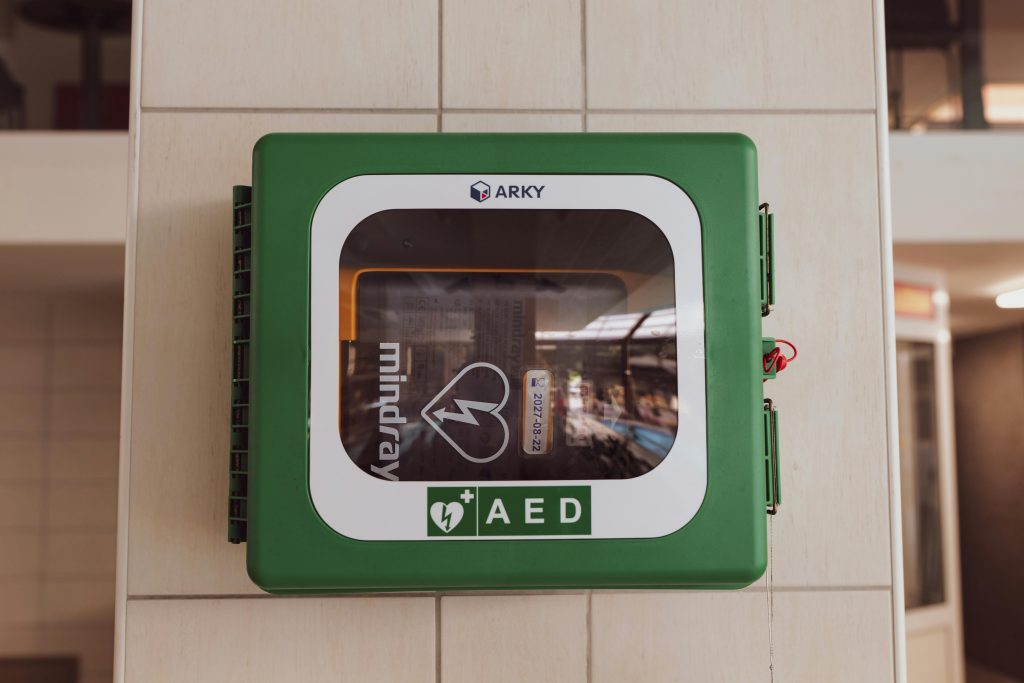
People should know that any public place has an AED ready when an emergency arises. Keep a look out for emergency signs pointing towards an AED.
Individuals with predisposed conditions like severe heart disease are more at risk for acute cardiac arrest/s. If you are considering getting one for your home, contact your local medical professional for more guidance.
Who Can Use an AED?
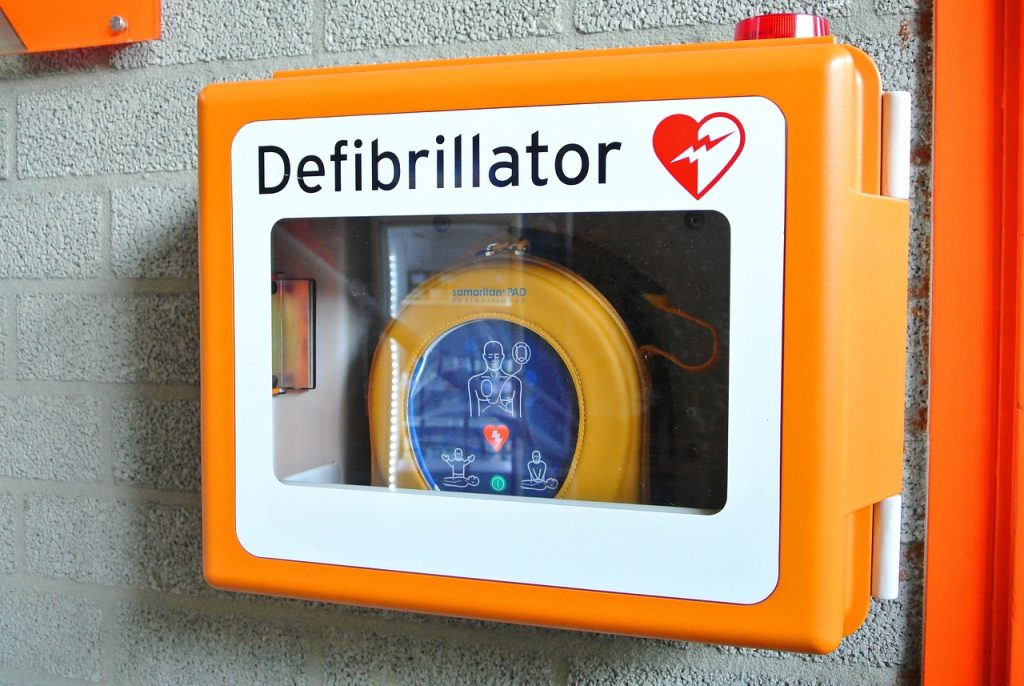
AEDs are made to be used by the general populace. Since they are easy to use, anybody can learn how to use them.
Medical and non-medical personnel like nurses, flight attendants, firefighters and police officers are trained to use AEDs. Anybody who has undergone CPR training or is CPR certified can also use these medical devices.
How to Properly Use an AED?
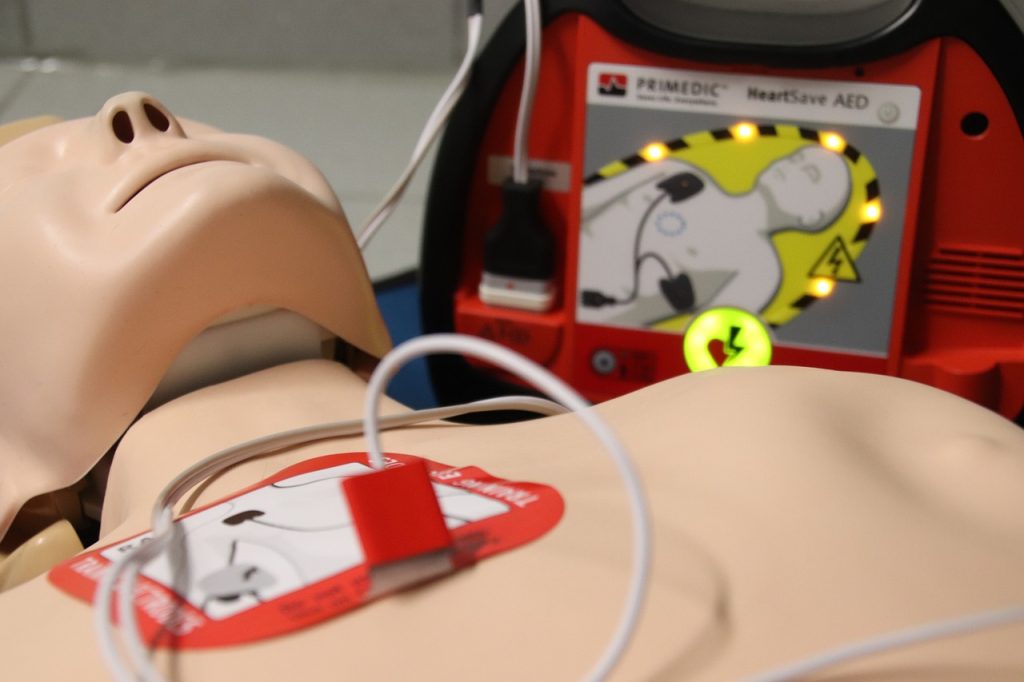
A typical AED shows you how it works through text, lights, and voice prompts. Most AEDs come with two sets of pads: adult and child pads. The rule of thumb is that the adult pads are for patients eight (8) years and above. The procedure for using an AED in an emergency is as follows:
1. Check for a Pulse and Breathing
A sure sign that someone needs medical attention is when a person collapses or faints. Before anything else, look for their pulse on either their wrist or below the side of their chin. Do not forget to check if the patient is breathing properly through the nose.
2. Call for Help
If you can find a pulse or it appears they are not breathing, immediately call emergency services.If you’re in Dubai, then your call will be handled by Dubai Corporation for Ambulance Services (DCAS – 998), while other emirates such as Sharjah, Abu Dhabi and Al Ain are handled by National Ambulance . Call them yourself if you are alone. Ask somebody else to contact for help if anybody is present so you or another person can prep the AED.
3. Get the AED Ready
Turn on the AED. Once on, the device gives you instructions one step at a time. It even shows you how to check for pulse and breathing. The AED then proceeds to instruct you to remove any clothing covering the chest area. Then, how and where to place each pad on the chest.
4. Stand Clear
Depending on the structure of the AED, you might need to plug in the pad connector cable to the device. The device is ready to analyse the person’s heart rhythm. Make sure that nobody is in contact with the patient when the pads are on them. Shout “Clear!” out loud right before delivering the shock.
5. Deliver the Shock
The available AED can either be fully automated (administers the shock itself) or semi-automated (asks you to deliver the shock). Once the AED determines the patient needs a shock, it will deliver it or ask you to push a button.
6. Begin CPR
CPR is required following a shock from an AED. Even if the machine says that a shock is not needed, CPR should still be administered. The AED will also guide you through the entire CPR procedure step by step. CPR can be done multiple times or until emergency personnel arrive.
Choosing the Right AED: What Are the Best Ones for You and Your Needs?
There are a lot of AEDs available on the market. It might get jarring, wanting to know which ones are the best for their features and the price. Luckily, we have you covered. Our team has gathered our top AEDs to help you decide which one is the best for you. Click here for more information on choosing an AED for your facility.
AED Plus by ZOLL
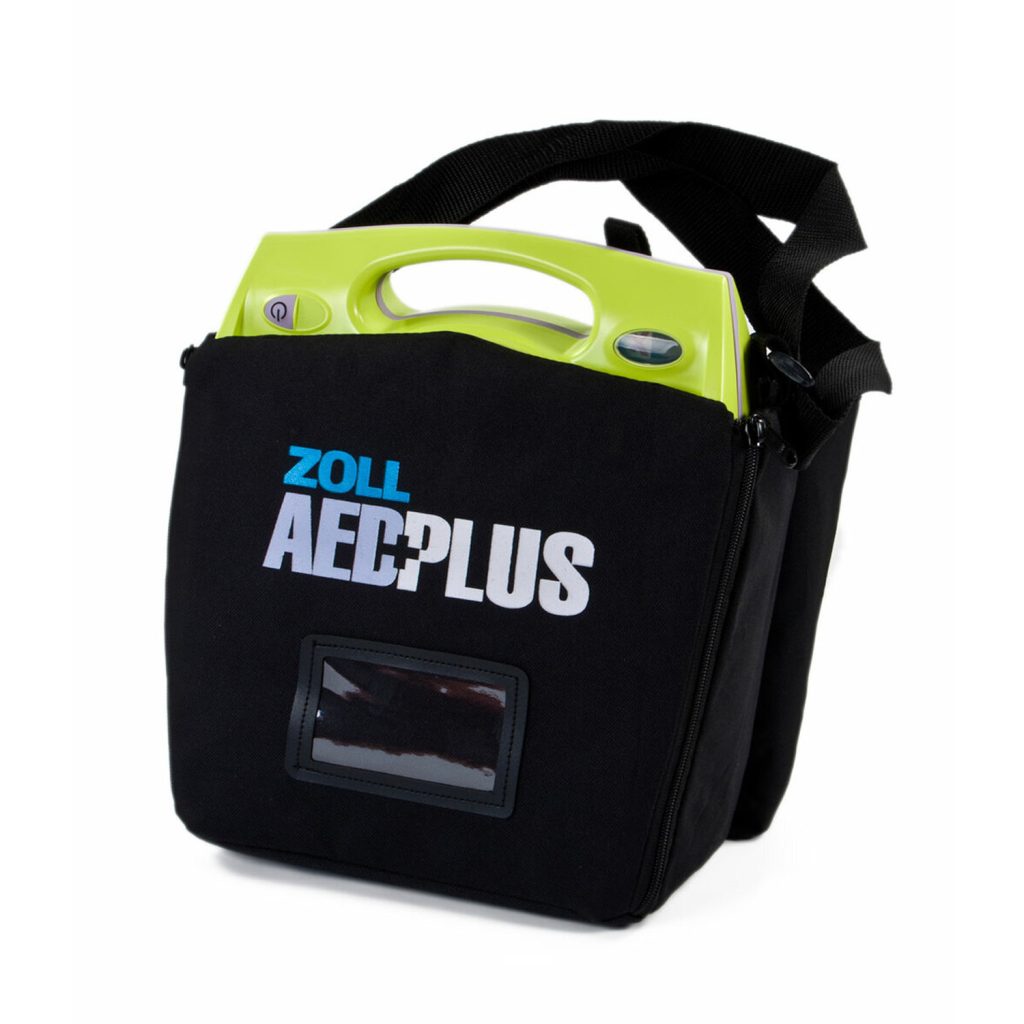
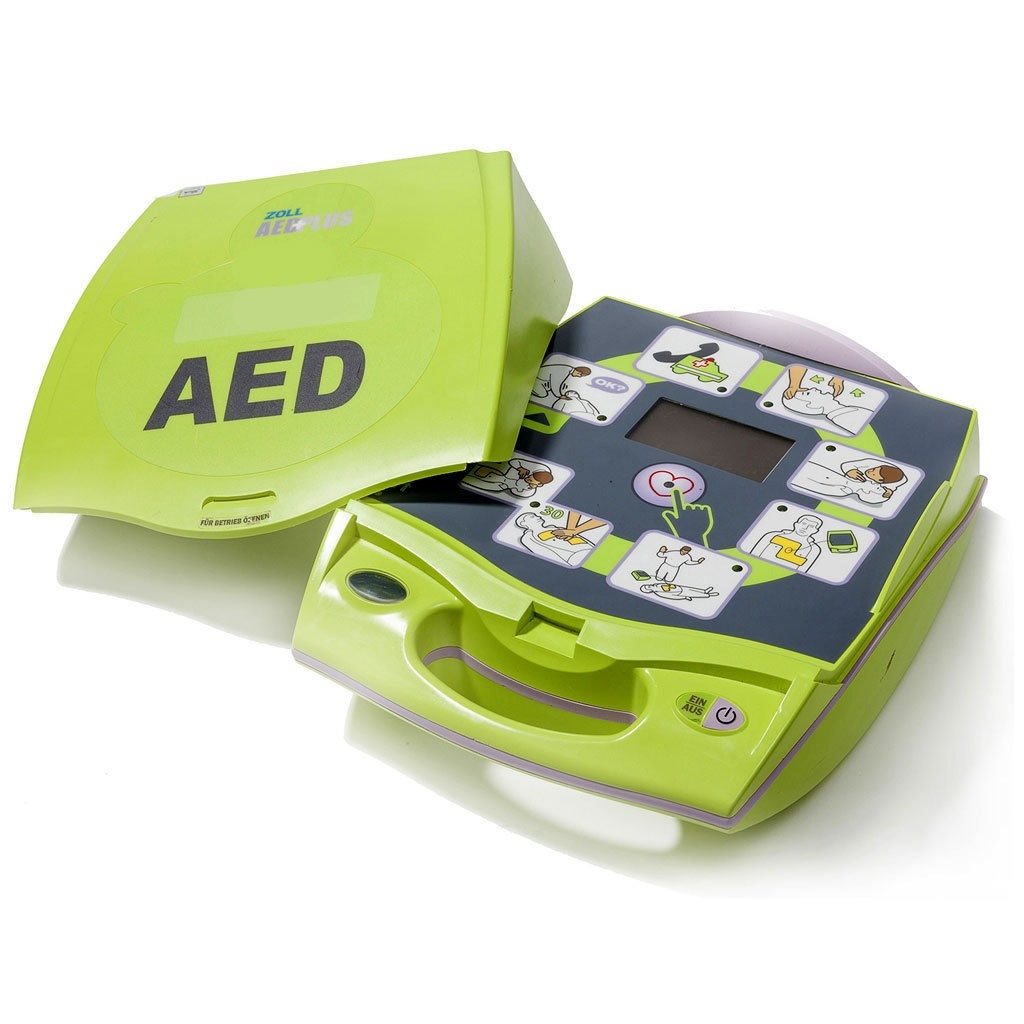
The AED Plus by ZOLL is one of the best for its Real CPR Help technology. This innovative system gives the user real-time feedback on the quality of the rate and depth of the given chest compressions. It also features the one-piece CPR-D-padz® electrode, making pad application more straightforward and accurate.
Heart Guardian AED (Radian HR-501)
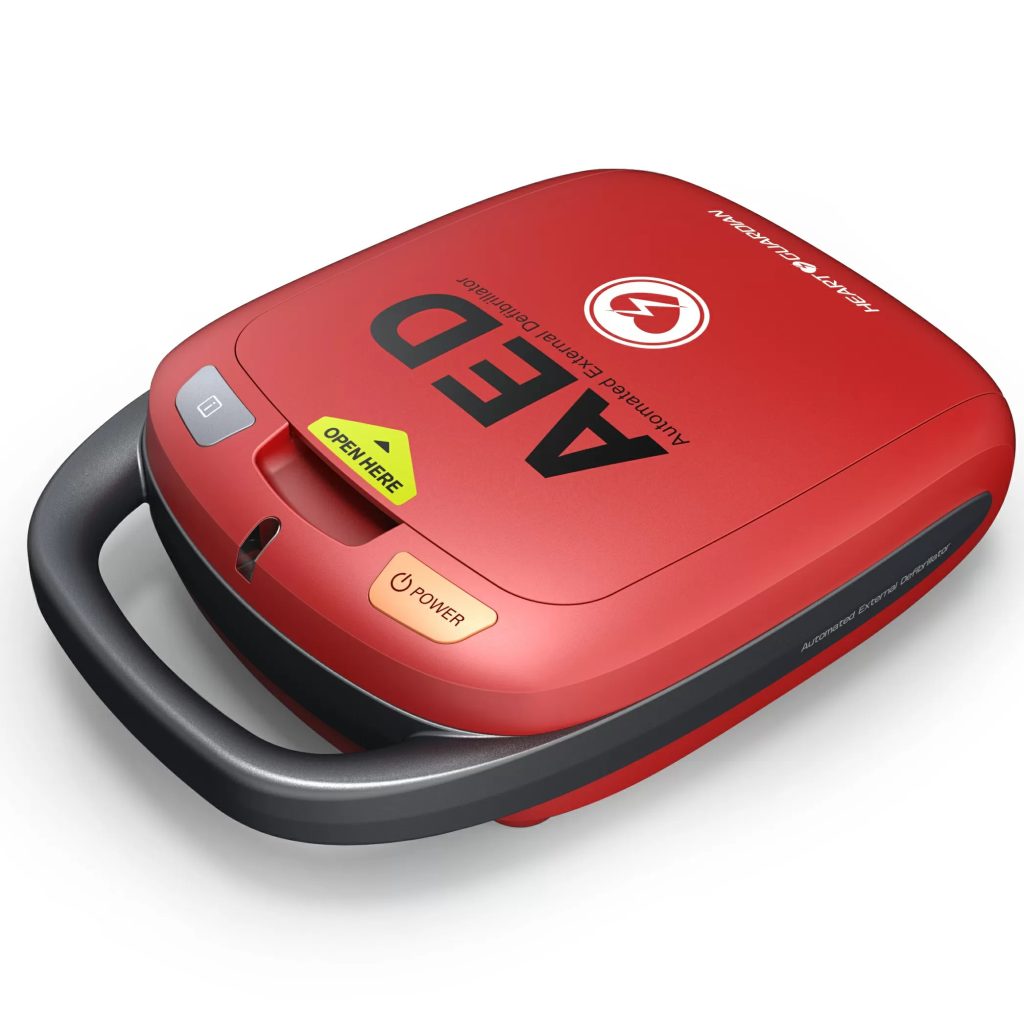
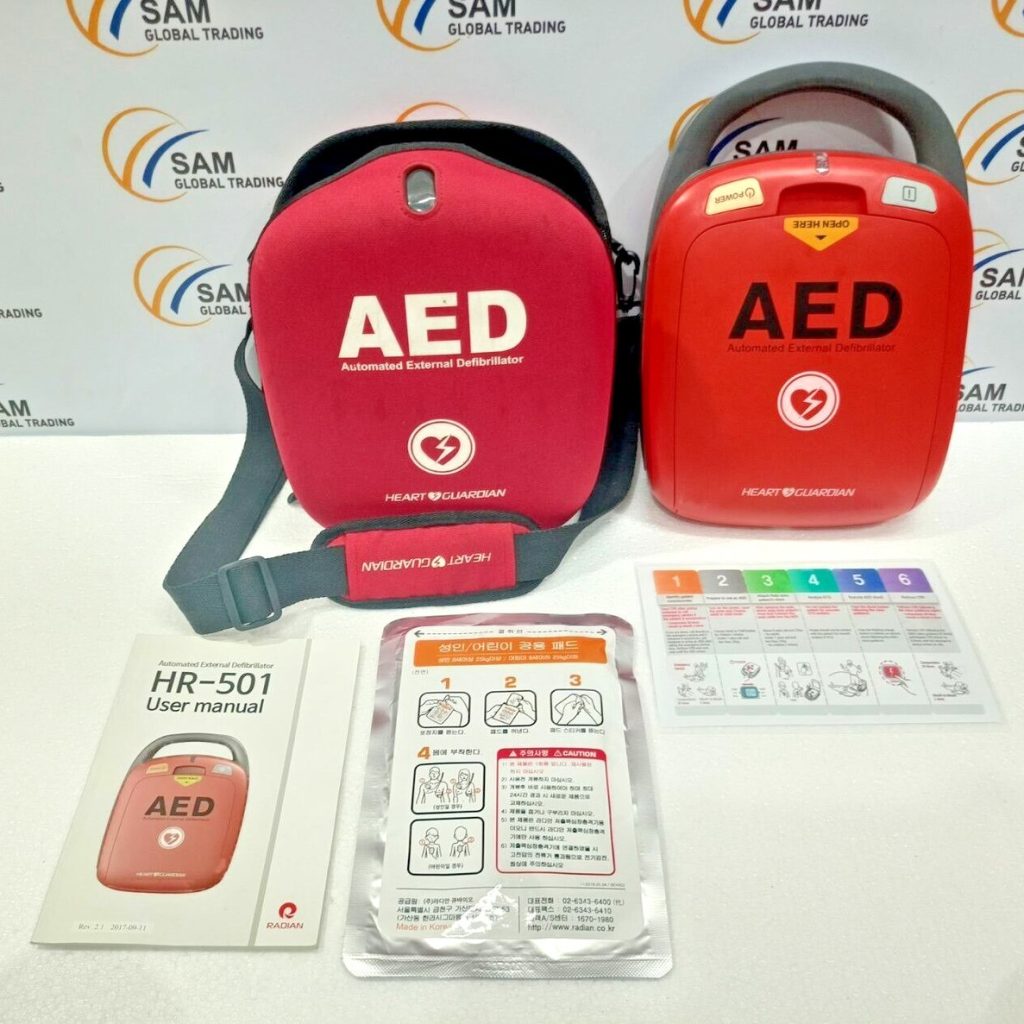
If you want more value for your money, you cannot go wrong with the Heart Guardian Semi-automated External Defibrillator. This budget-friendly AED provides audio guidance, LED indicators, and easy-to-use settings for child and adult patients. It also offers ECG analysis in only 8.5 seconds and a 97.8% accuracy on irregular cardiac wave detection.
Heart Plus AED
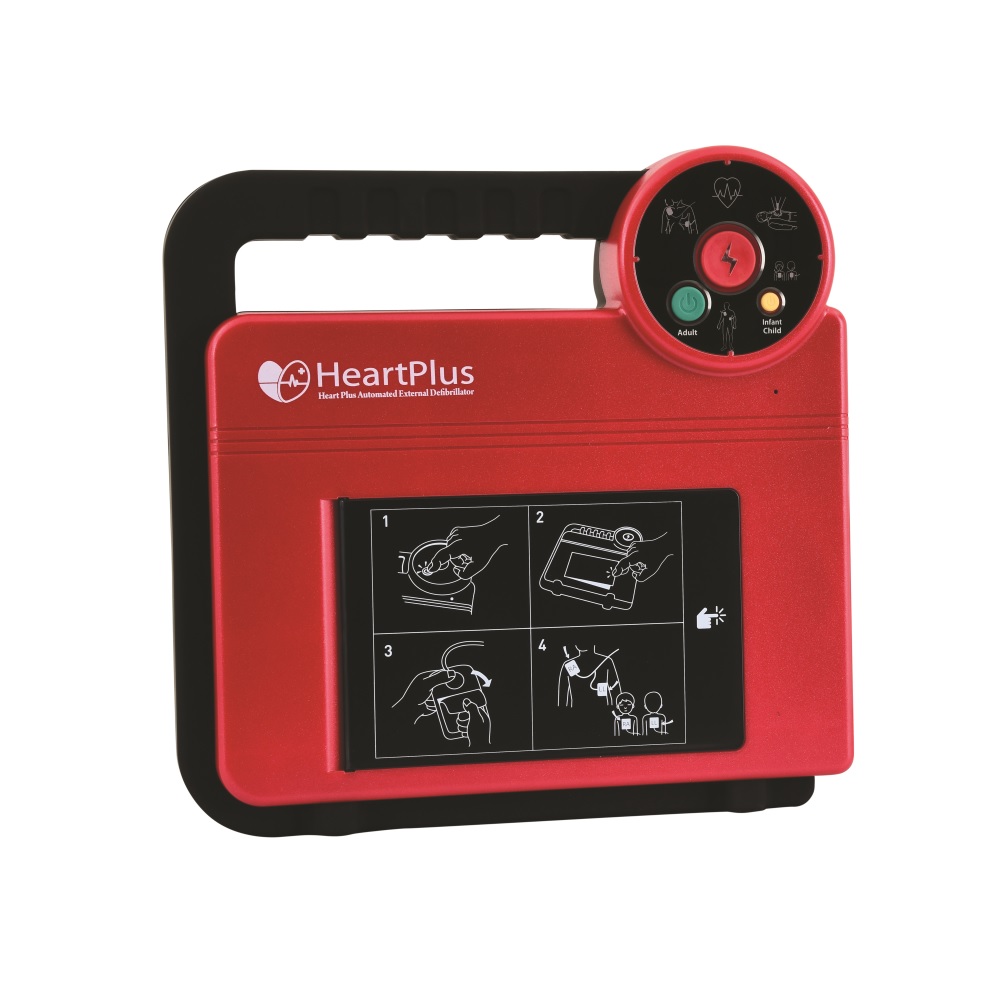
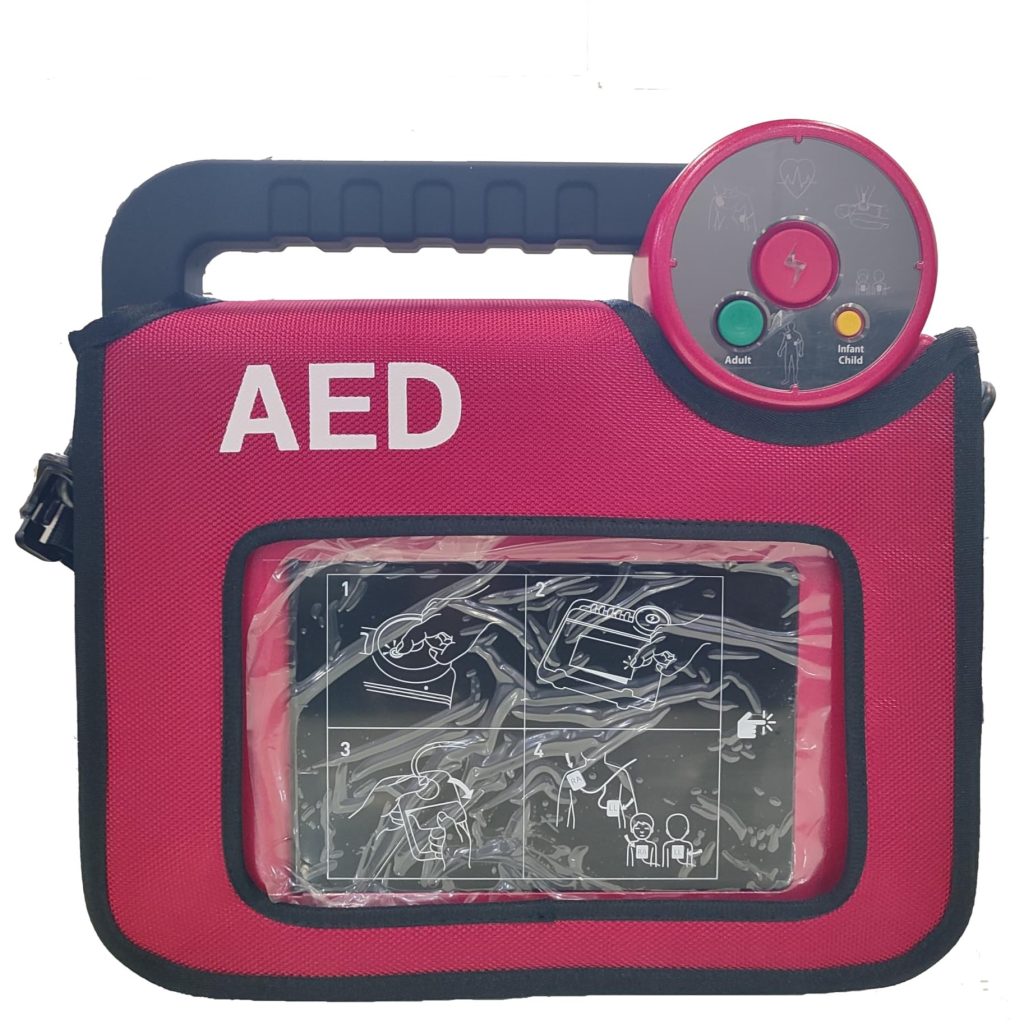
As for safety, the Heart Plus AED should be your number one pick. This machine uses its precise ECG readings. It can fully predict whether the patient needs a shock or not. It will only produce a shock if the electrodes are on properly. Its operating systems are even designed to prevent power failure and device malfunctions. This feature is crucial in any emergency.
Mediana HeartOn A15
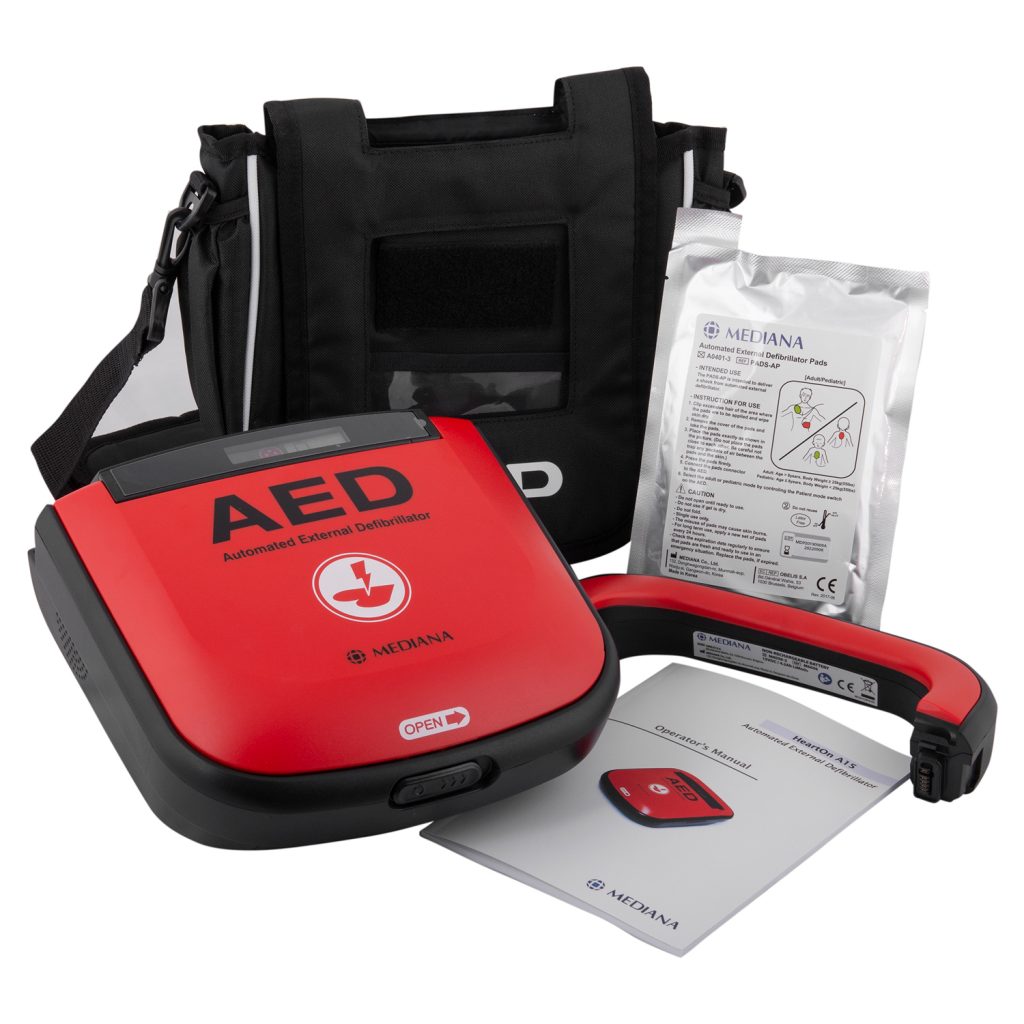
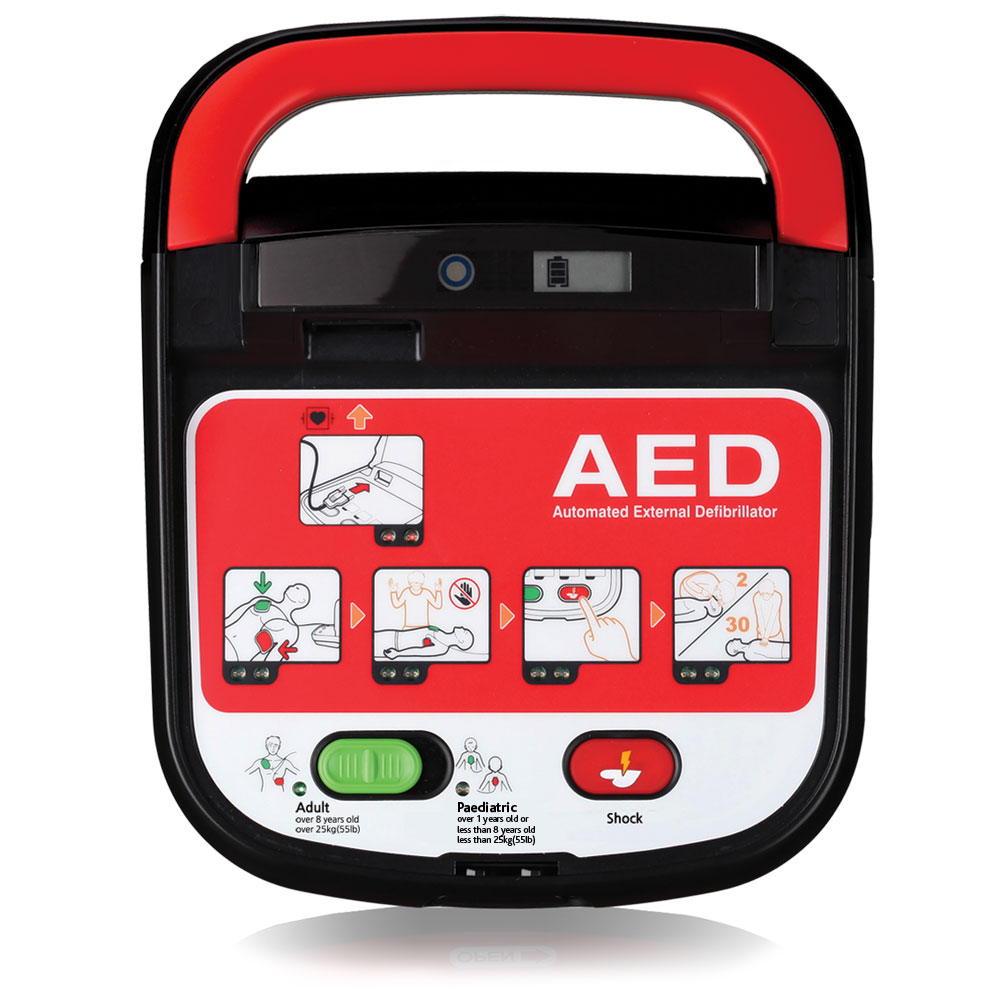
Much like the Heart Guardian AED, the Mediana HeartOn A15 can switch modes to accommodate both child and adult patients. You do not need a special key or electrode pad. This AED will automatically turn on once the hinged protective cover is removed. This feature will make sure you are up and ready in no time.
Philips HeartStart FR2+ Defibrillator
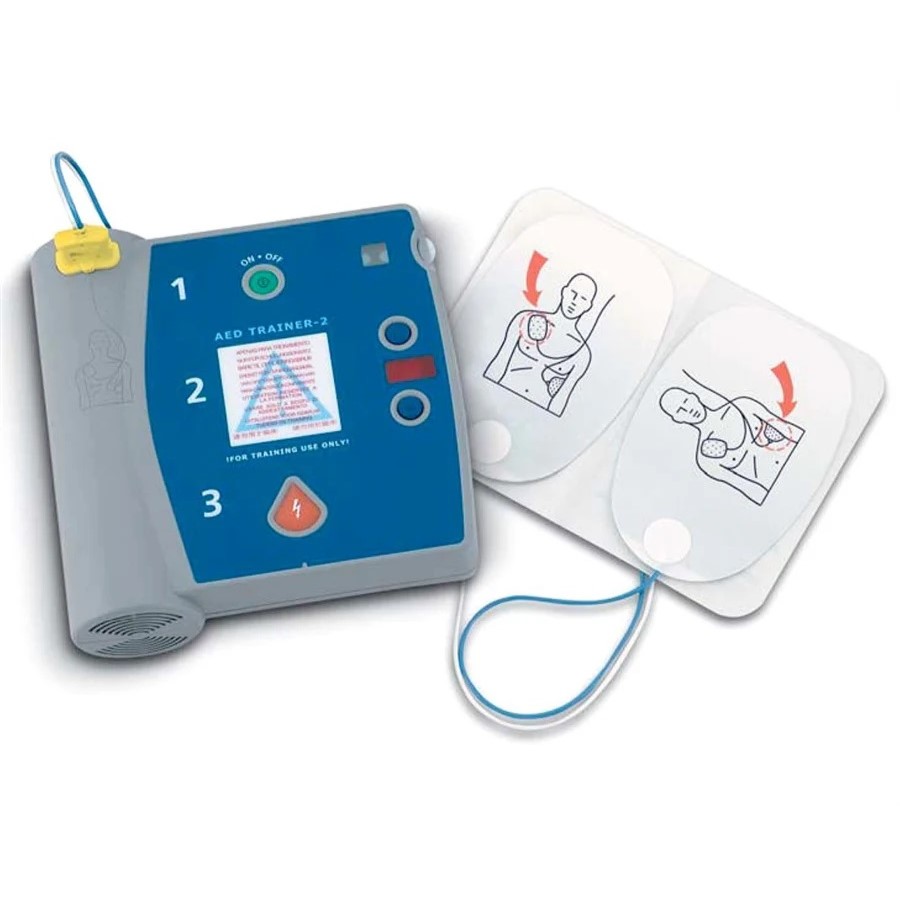
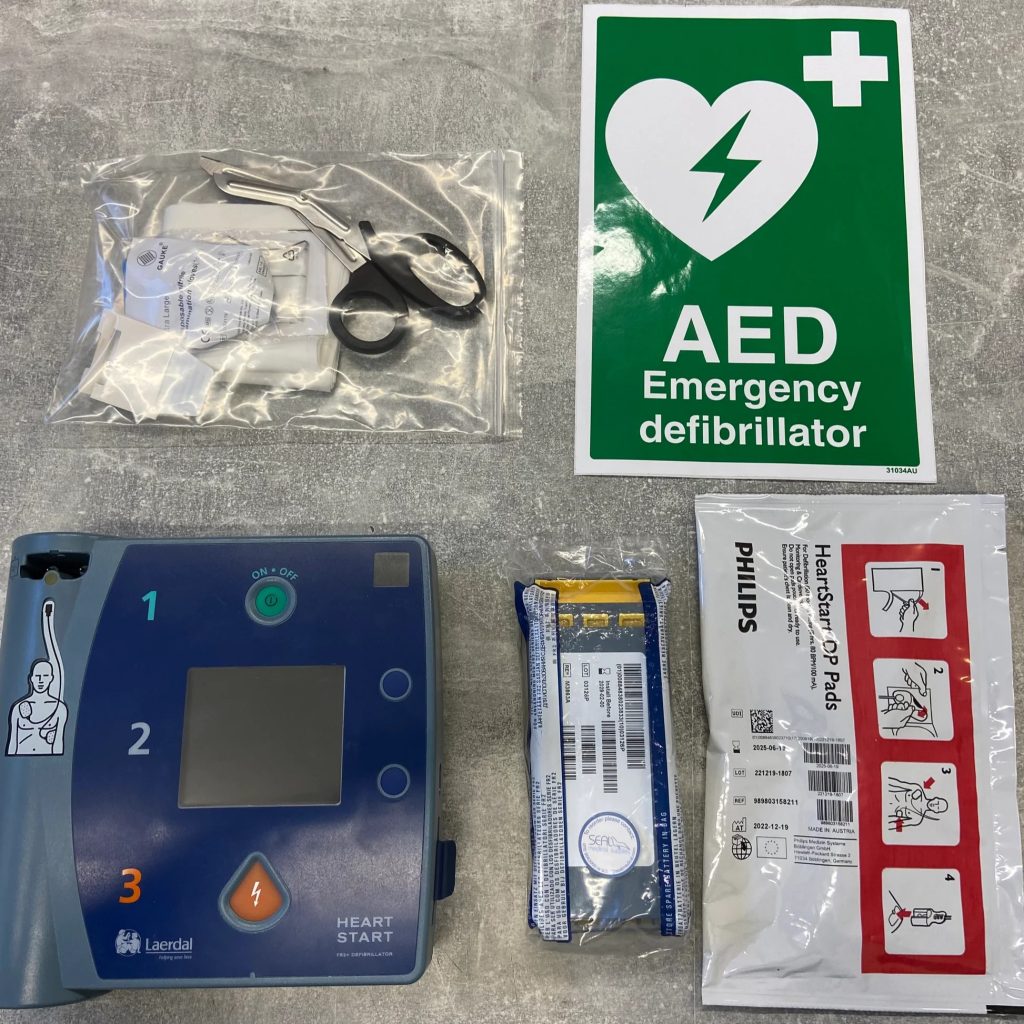
The cool thing about the Philips HeartStart FR2+ AED is its Smart CPR and Quick Shock feature. Smart CPR determines what you should do (shock or CPR first) based on the patient’s vitals. This little device also utilises a Quick Shock feature, reducing the time between shock delivery and CPR. Philips tends to give a few extra goodies within their kits such as bandage scissors to help quickly get access to the patient’s chest.
Philips HeartStart HS1
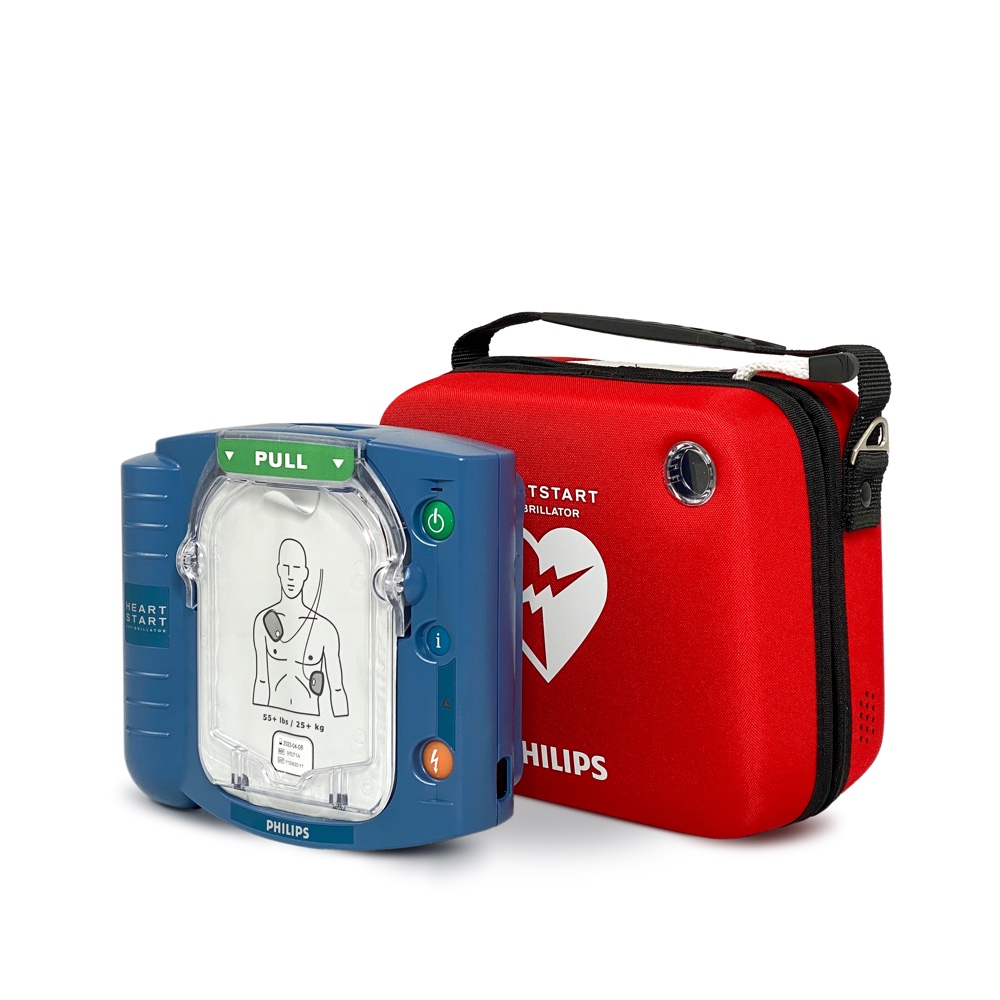
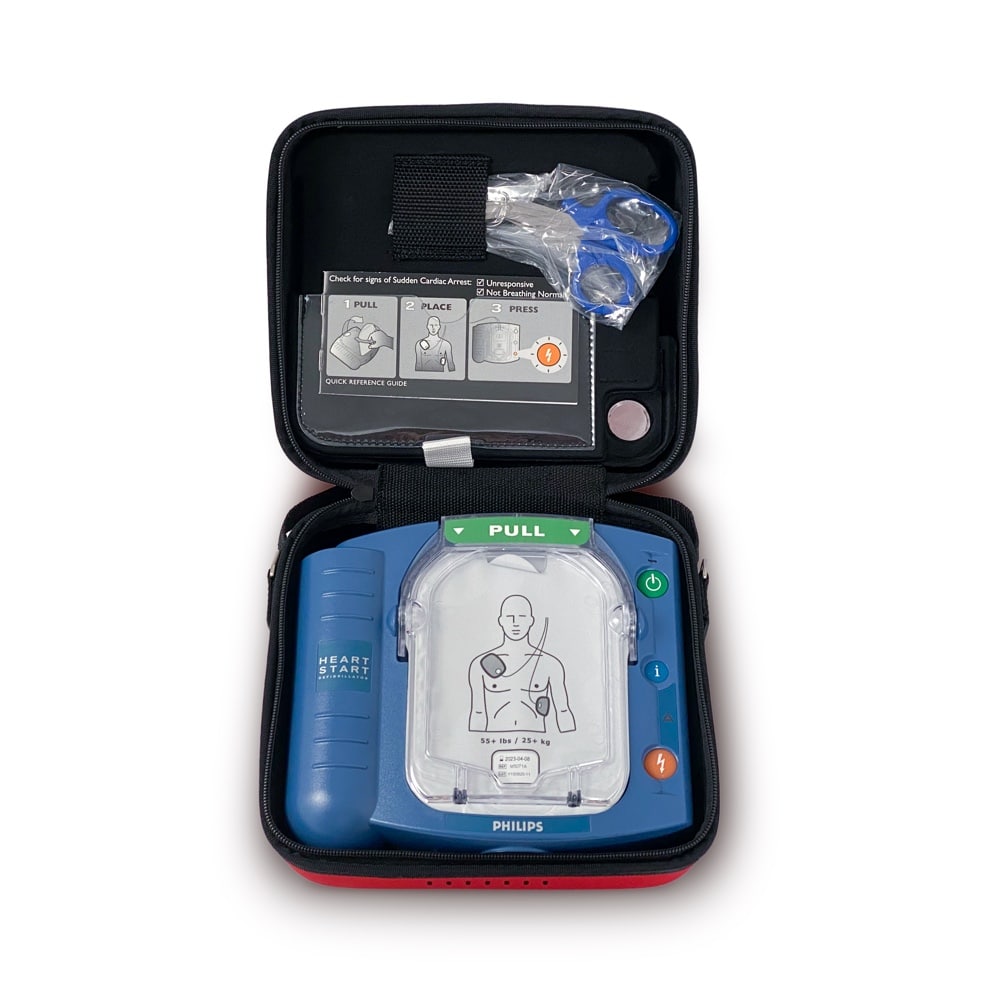
Another AED you should be looking for is from the same brand, the Philips HeartStart HS1. This device also utilises a variation of the brand’s tech with the Smart Analysis system. Along with a long battery life and automatic self-tests, it’s a reliable option for any layperson and medical professional.


